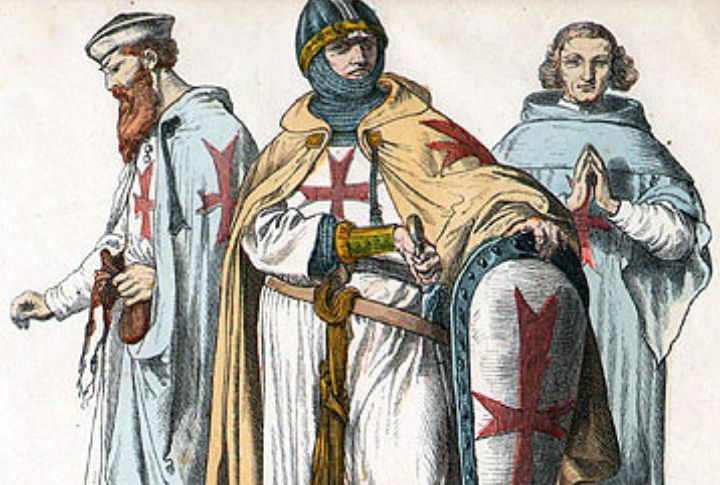
Knights Templar wore white cloaks and carried swords, but they weren’t all about warfare. Behind the iconic image was a network of influence that reached into medieval royal courts and across continents. Think you know the whole story? These ten facts might just change how you see the world’s most mysterious military order.
Their Role In The Crusades
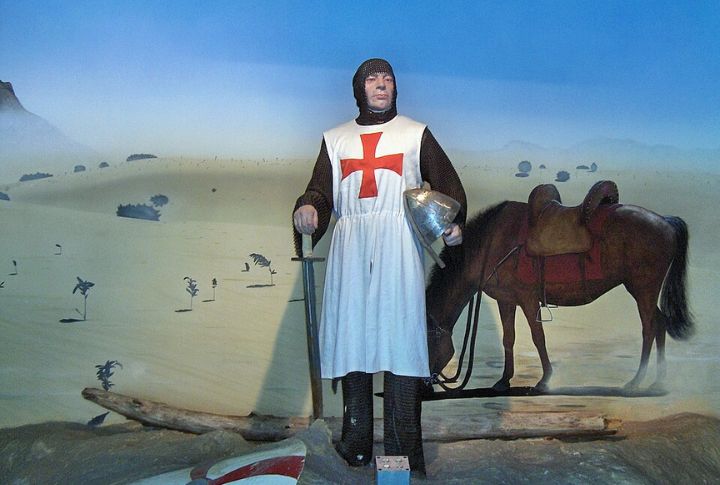
During the Crusades, the Templars guarded Christian pilgrims along dangerous routes. As their influence grew, so did recognition—the red cross became a familiar symbol across Europe, and their Temple Mount headquarters carried both strategic weight and deep symbolic meaning.
The Holy Grail Connection

Often tied to the legend of the Holy Grail, the Templars are believed by some to have hidden or protected the sacred relic. Over time, this idea evolved from a simple rumor into a lasting myth, kept alive by pop culture and books like “The Da Vinci Code.” Even today, their supposed link to the Grail continues to spark fascination.
Wealth And Power

Talk of medieval power often circles back to the Templars’ grip on finance. At their height, they controlled an impressive network of assets across Europe. They also launched the first military banking system to finance the campaign. The banking system made long-distance transfers possible, giving the Crusades a major boost and transforming how money moved in the medieval world.
Advanced Military Strategies

The unique blend of combat prowess and religious dedication earned them high respect on the battlefield. The Templars redefined medieval warfare with advanced battle strategies, including unmatched cavalry formations. Additionally, they were quick to adopt new weaponry, such as crossbows, which significantly altered the course of many battles.
Naval Ambitions
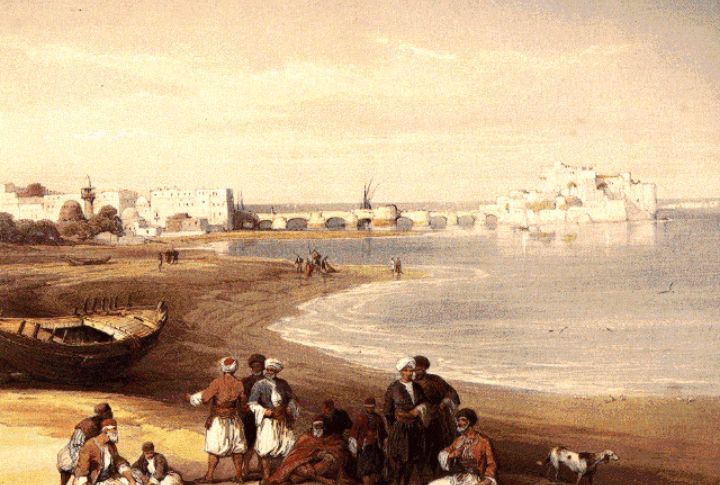
Often overlooked, the Templars developed maritime capabilities to support their operations across the Mediterranean. They owned fleets and managed port cities like La Rochelle, enabling swift troop movements, supply chains, and even banking logistics by sea. This naval strength bolstered their influence far beyond the battlefield and the Holy Land.
Secretive Rituals
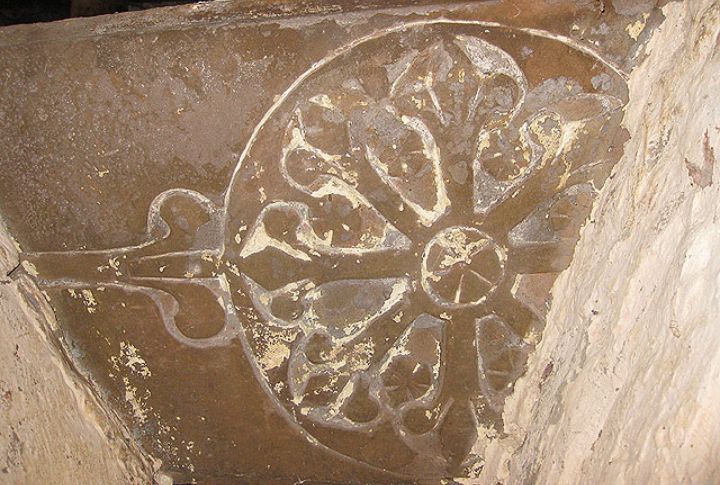
New initiates to the Templar order swore secrecy and loyalty, participating in mysterious rituals and ceremonies that sparked widespread speculation. The unique handshakes and symbols used by the Templars fueled theories about hidden meanings, which made their practices a subject of fascination for historians and enthusiasts alike.
Enduring Architecture

The Templars constructed fortresses and churches with remarkable engineering, many of which still stand today. Notable examples include the Round Church in London and strategically designed fortifications, which serve as lasting testaments to the architectural skill. Some of these buildings have even earned the UNESCO World Heritage status.
Legacy In European Nobility
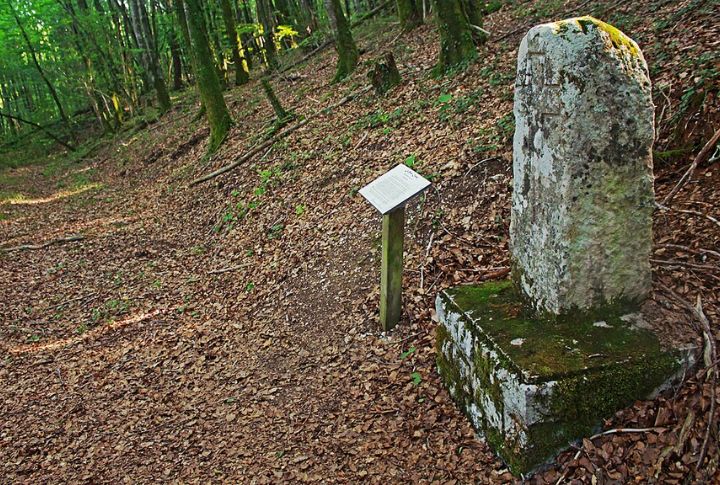
Beyond military power and religion, the Templars also impacted European nobility. Many aristocratic families trace their lineage to the order. The chivalric code and honor of the Templars shaped knightly conduct and social structures, leaving a lasting legacy that continues to influence ceremonial traditions today.
The Vatican Connection
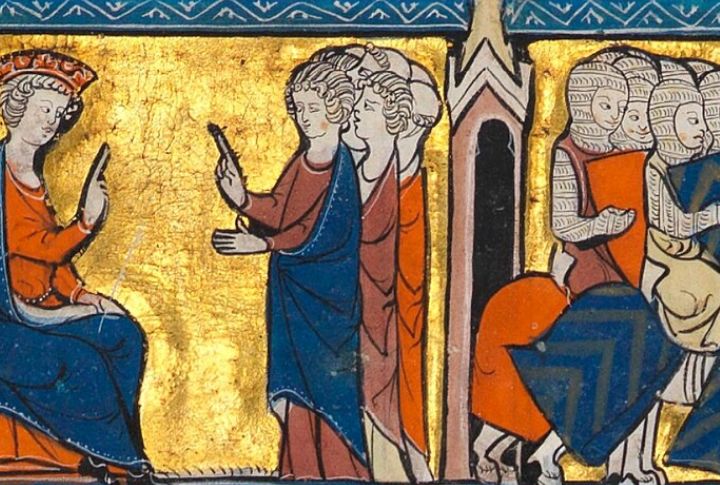
Despite a strong alignment with the Vatican, the Templars’ relationship with the Church grew increasingly strained. Though they were granted sweeping privileges—including exemption from local authority—their fortunes shifted when King Philip IV pressured the pope to dismantle the order.
Their Mysterious Downfall

In 1307, King Philip IV of France arranged the sudden arrest of the Templars, accusing them of heresy. Many knights were tortured for confessions, which led to a public trial. Whispers of hidden treasure only fueled the drama, and by 1312, Pope Clement V formally dissolved the powerful and controversial order.

